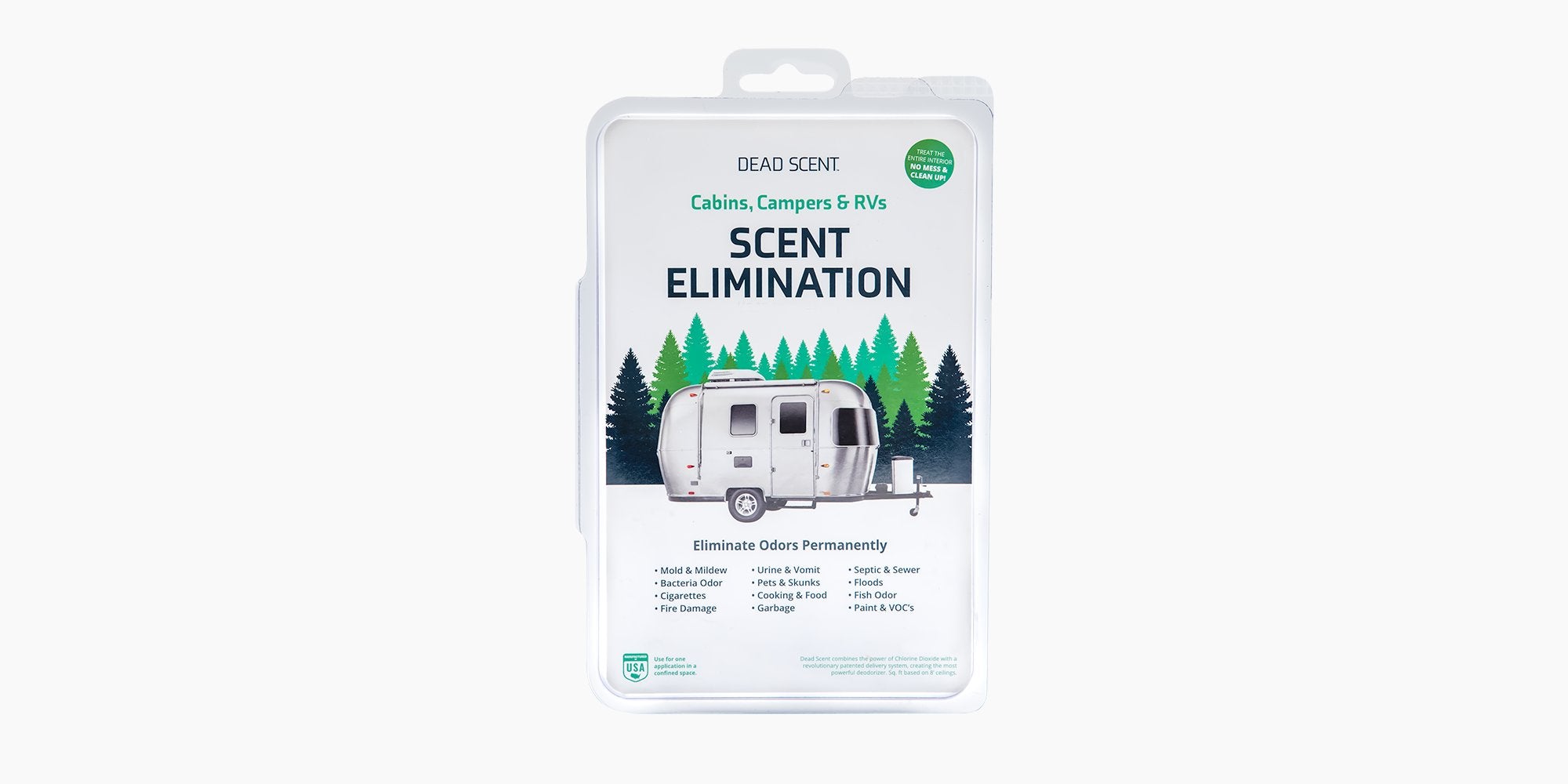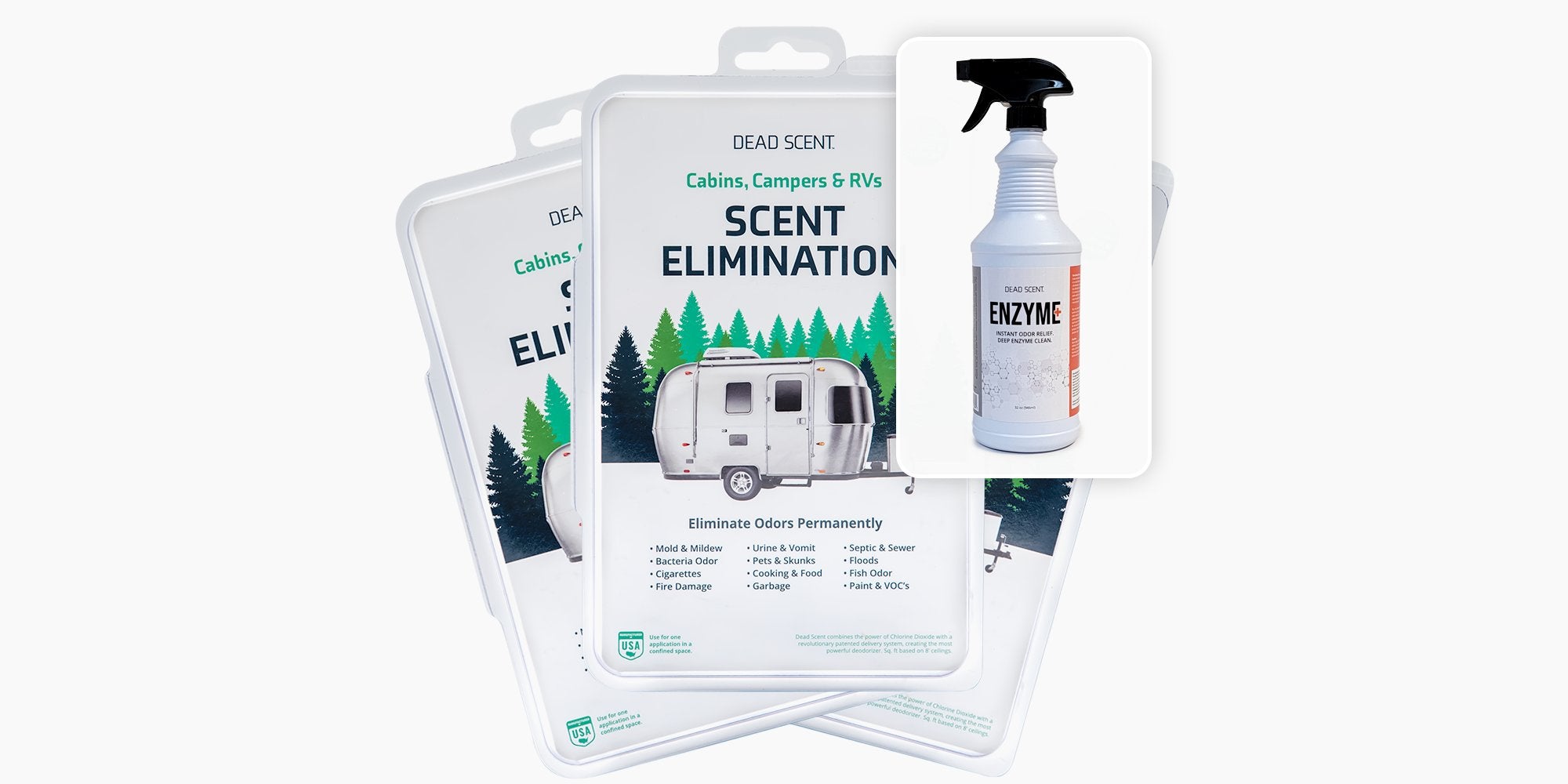If you want to bag more deer, you need to step up your game. That means knowing your prey better and learning ways to become more proficient at your sport.
1. Knowledge is power.
The more you know about hunting whitetail deer the more successful you will be at filling your tags.
Read articles online, join Facebook groups, talk to local biologists, read hunting magazines, talk to other hunters. Learn to listen and absorb more than you talk and offer advice.
Always take in new information. Watch deer. Notice how they act. Spend time out in the woods even when you aren’t hunting.
Explore different properties. If you only hunt familiar property, your hunting and whitetail knowledge will be limited. Your hunting will also likely grow stagnant.
Learn the habits of deer. Bucks move differently than does. Deer move differently during the rut. They move differently depending on food sources and water availability. They can change their movement according to pressure from hunting. The better you can predict deer movement. The more astute you become at finding them.
2. Be less predictable.
Remember, deer can pattern you, just like you pattern them. If you come to a stand from the same direction every day a little before sundown, it is likely deer will notice.
- Weather affects deer behavior – This includes cold fronts, temperatures, and extreme weather. And, of course, it includes the wind. When scouting an area, think about how different weather will affect movement.
- Hunt more than one location/property – It is easier than you might think to burn out a good hunting spot. Find a couple of places to hunt and have fallback plans. Private land leases can be hard to obtain and public land can get crowded. Consider this when choosing where to hunt at any given time.
- Invest in a climber if you can – A tree climber gives you more versatility. It allows you to move around a property, reducing pressure in any one area.
Mix up your patterns. Hunt different areas and spots. Vary your hunting times.
3. Know how to read the wind.
Learning to read wind conditions and always hunt with it in your favor is an important lesson to learn as a hunter.
Before you even head out, you need to know which way the wind is blowing. This will have a big impact on where you choose to sit. Learn how different terrain can affect wind conditions. Hill country will have more finicky wind than flat, open fields.
If you are neglecting wind conditions, you're not seeing the deer you could.
4. Control your scent.
Scent control gives you an advantage. No matter how effective a hunter you are you can’t control deer approaching from your downwind side or shifting wind.
A good scent control routine can up your hunting game. Always wash your body and clothes with unscented soaps. Avoid smelly encounters with food, gasoline, cigarette smoke, and smelly perfumes and air fresheners. And always use Dead Scent to wipe out any odor on your hunting clothes.
5. Know your weapon like the back of your hand.
Get to know your weapon. Become very familiar with its function, handling, parts, etc. Not to be overlooked, clean it. Also take it to a shooting or archery ranges and…Practice. Practice. Practice.
Make sure your sights are dialed in. When you set up for a shot, all the practice you’ve put in with your weapon should be fluid. There should be no fumbling around.
6. Get to know food sources.
For most animals, food is king. Get to know the feeding habits of deer. When are they likely to show up at different feeding sources?
Mature deer choose bedding areas based on security and food resources. Start paying attention to what food sources are hit during what times of the year. What time of day are deer getting to major food sources? Where are deer feeding during daylight areas versus night?
7. Blend in.
It's game day. You've scouted out an area. You've learned everything you can about whitetail deer behavior and movement. You've paid attention to food sources, and you're set up with the wind in your favor. You've used Dead Scent on your clothes and reduced your scent trail as much as possible.
Now that you are set up. It is time to blend in. That means being quiet. You don’t want to be banging around while pulling your gun or bow up into a stand. Avoid playing on your phone or sending texts. Avoid coughing and sneezing as much as you can, and cover your mouth if you do.
If you are using a tree stand, make sure it is set up so that you blend in. Make sure your placement doesn’t cause silhouetting or shadowing. Try to pick trees with other trees nearby to help block sunlight. When possible, choose a tree that is wide enough to help conceal your body’s shape.
8. Outdoor Sports Ethics
We can’t stress this strong enough. Always hunt like someone is watching and do the right thing. Perception is reality so follow the rules and respect landowner’s properties. This means asking permission of landowners to hunt on their property even If there are no posted signs. In some states you have to ask permission regardless. Either way it’s good manners and fosters good will towards hunters. All in all go the extra mile to promote the safety and image of all hunters. And oh yeah, pick up after yourself. Littering is bad no matter where you are.
In summary, whitetail deer hunting’s popularity may lead you to believe it’s an easy sport to master. That’s not the case. If you want to be a hunter that hunts on more than hopes and dreams, focus on the details. It’s the little things that set professionals apart from mediocre hunters. It’s been said that effort begets reward. All the effort you invest in becoming a successful hunter will pay off when the time comes to harvest your next deer.












